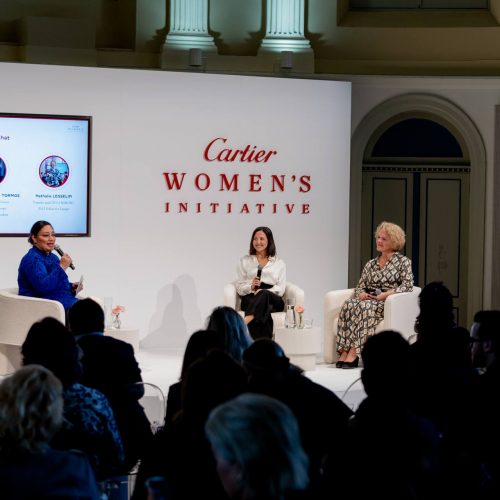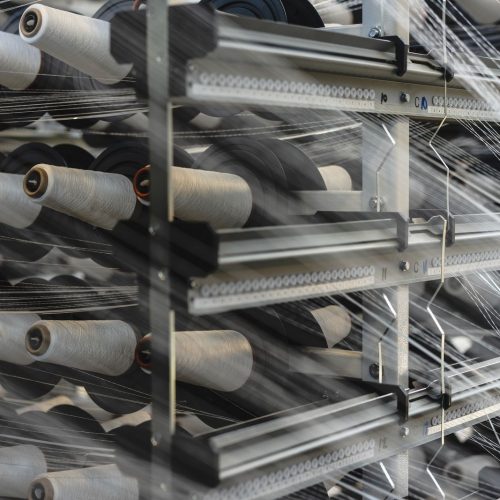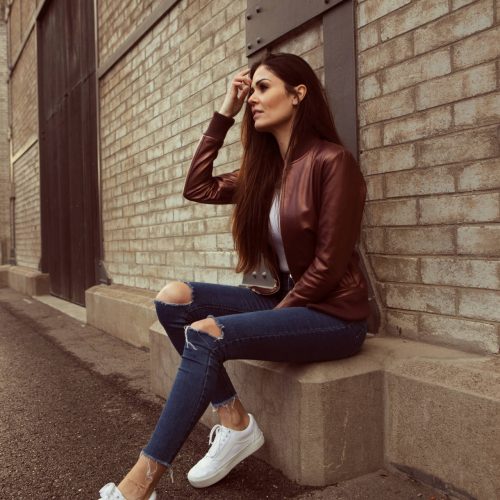How Sustainable Is Leather in Fashion? | Interview with Thilo Schmelz
As we experience the paradox of the eco-conscious, one of the arguments for sustainable fashion comes from the issue of ‘leather’. We asked the owner and the designer of Harold’s Bags, Thilo Schmelz about the sustainability of leather in fashion.
To receive the Luxiders Newsletter, sign up here.
Stepping towards a sustainable future, we acknowledge that this revolution is more than a single shot but a process; a natural tendency to question everything that comes within. Are the things we consider ‘sustainable’ really that sustainable? Welcome to the paradox of eco-consciousness. As fashion goes towards the green revolution, one of the topics to be discussed has always been the issue of leather. Since it causes concerns about cruelty, the fashion industry has witnessed a lot of brands which include both global and local ones shifting towards vegan leather and faux fur. On the other hand, the general use of plastics to produce vegan leather and the carbon emissions caused by that keep eco-conscious consumers questioning. Acknowledging that vegan does not always mean sustainable, we wanted to ask how sustainable leather brands interpret this issue. Thilo Schmelz, the owner and the designer of Harold’s Bags answered Luxiders’ questions on their journey of sustainability when using real leather.
(L) Luxiders
(TS) Thilo Schmelz
L: Just like faux fur and real fur, there are discussions around real and vegan leather. Vegan leathers are often seen as “problematic” due to being plastic-made and lacking biodegradability and sustainability. As a real leather brand, how do you interpret this issue? Do you think using real leather for fashion is better for the environment?
TS: Around 2000 more than 50% of Harold’s bags were made in synthetic materials. It was also the time when we had to manage a lot of claims due to inferior craftsmanship, but also due to the materials themselves. Beginning with 2010 we have started a process to establish a zero-claim rate in our company. Here, among many other issues, the life-cycle and the basic potential of materials for long-term use and maintenance have finally led us to the decision to quit any synthetic materials - among those also coated leathers. Within here it became clear that intense usability and durability are the important issues that make up the energetic balance of the bag - not the isolated production of the material itself. In addition, leathers have the basic potential of biodegradability. In consequence, we have quit any chrome out of our leathers, which was a complicated process. Now we are using locally gained vegetable tanning agents. For a year, we are now focusing on colors. We could quit any leather that has metal-containing colors. This process is further ongoing.
With the decision towards leather, it was also clear that we support or profit from meat production. On the other hand, the skins are leftovers from meat production. So, as long as these valuable leftovers are available, we take them. In addition, we focus on leftover skins that stem from naturally grown cows (and living in naturally tree-poor or tree-free areas), mainly because these skins have a much better fiber, since cows grow slowly, which is decisive for durability and potential of maintenance of the leather.
Finally, this point of view leads to an attitude which puts more focus on the maintenance of products in use than before.
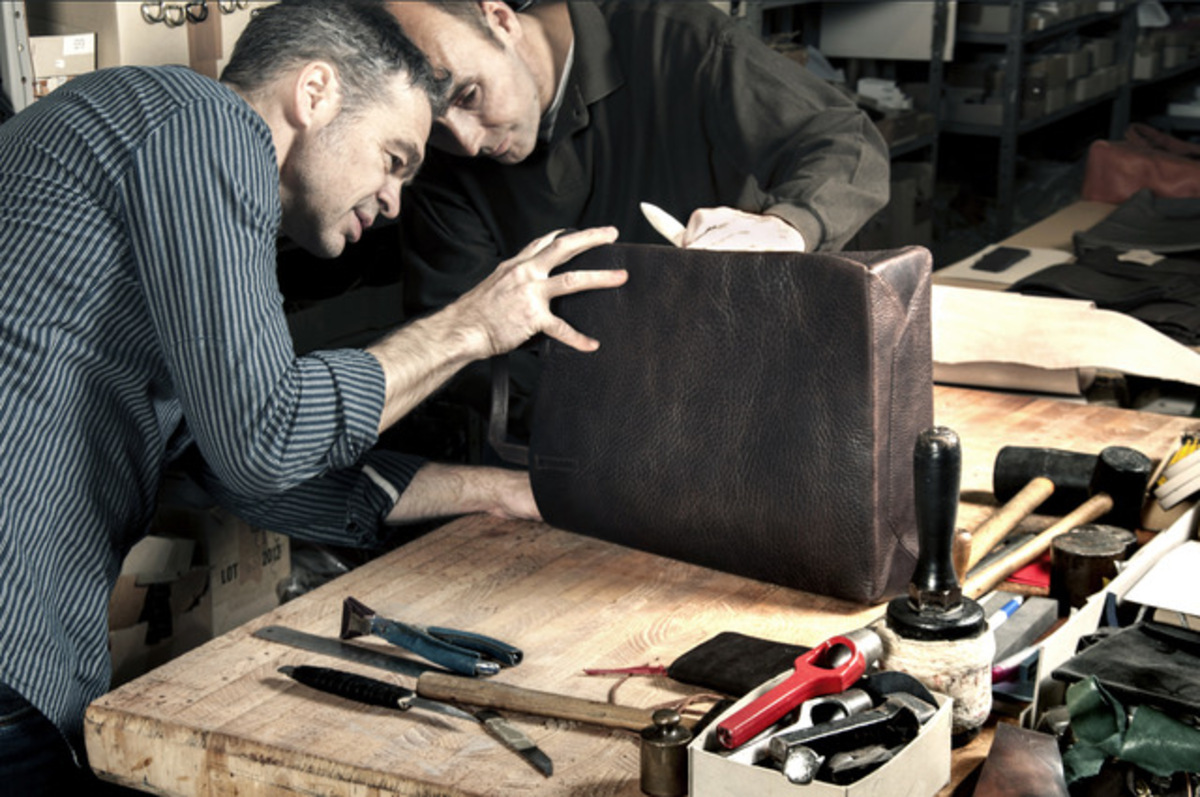
Thilo Schmelz, the owner and designer of the Harold's Bags
L: Where do you place the fast fashion and micro trends in terms of leather consumption? Do you think it is an effective factor for the leather industry and its sustainability?
TS: Fast fashion and micro trends themselves are contradictory to the concept of product and material maintenance unless it would be a fast fashion concept that supports and develops in design. A potential of reuse and transition towards a basic attitude to consume much fewer products at the end of the day, and in favor of maintaining and transforming existing products.
The German pavilion at this year’s biennale in Venice shows this way of thinking (“open for maintenance”) for architecture and buildings. But this way of thinking can easily be transmitted to other industries.
L: As Harold’s Bags, what are your most important values and concerns when creating your products? What are the things you are mainly focused on about choosing the leather and creating authentic pieces?
TS: My focus is to create bags that my clients will use over a long time, and have them as the best of their lifetime. And in case they don’t use it anymore, to create bags that they would give to a friend or resell. Because the longer and the more intense a product is used, the better its ecological balance is. This point of view dominates the decisions in material and hardware selection, in design, in craftsmanship, and in further development of our maintenance and repair service.

© Toro Travel Bag by Harold’s Bags
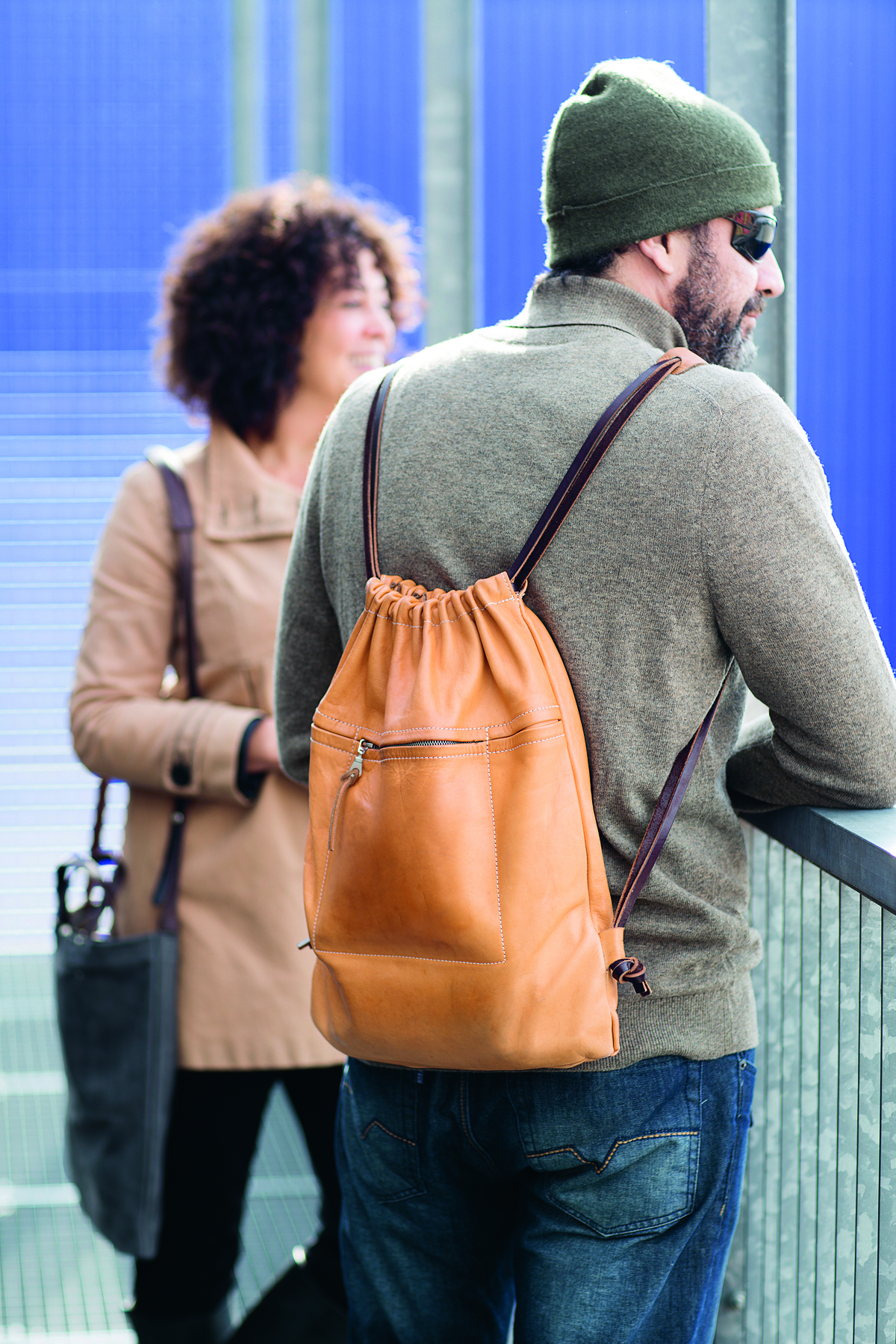
© Sportsleeve Large by Harold’s Bags
L: Can you explain how the life cycle of products differentiates between real leather and vegan alternatives?
TS: The problem with products in vegan leather is generally that they loosen in a shorter time, which affects their value. For example, once the surface is hurt, it is more difficult and often impossible to treat or repair in order to reach the initial or the new value of them. Another effect is that most vegan leather products cannot offer a value of use. Uncovered leather has this potential. Thanks to this potential, leather bags get an individual image, which often has the consequence of creating a personal relationship between the client and the product. Mostly, in such cases, users take better care of their products.
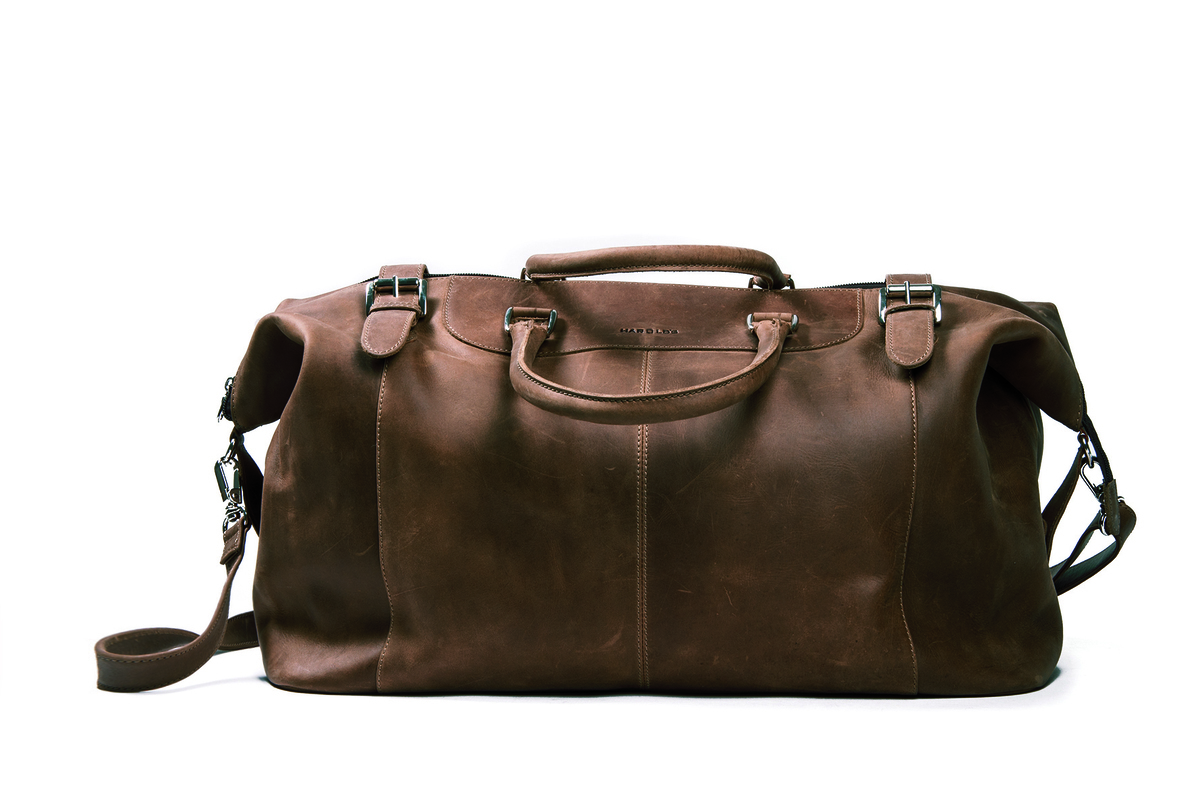
© Toro Travel Bag by Harold’s Bags
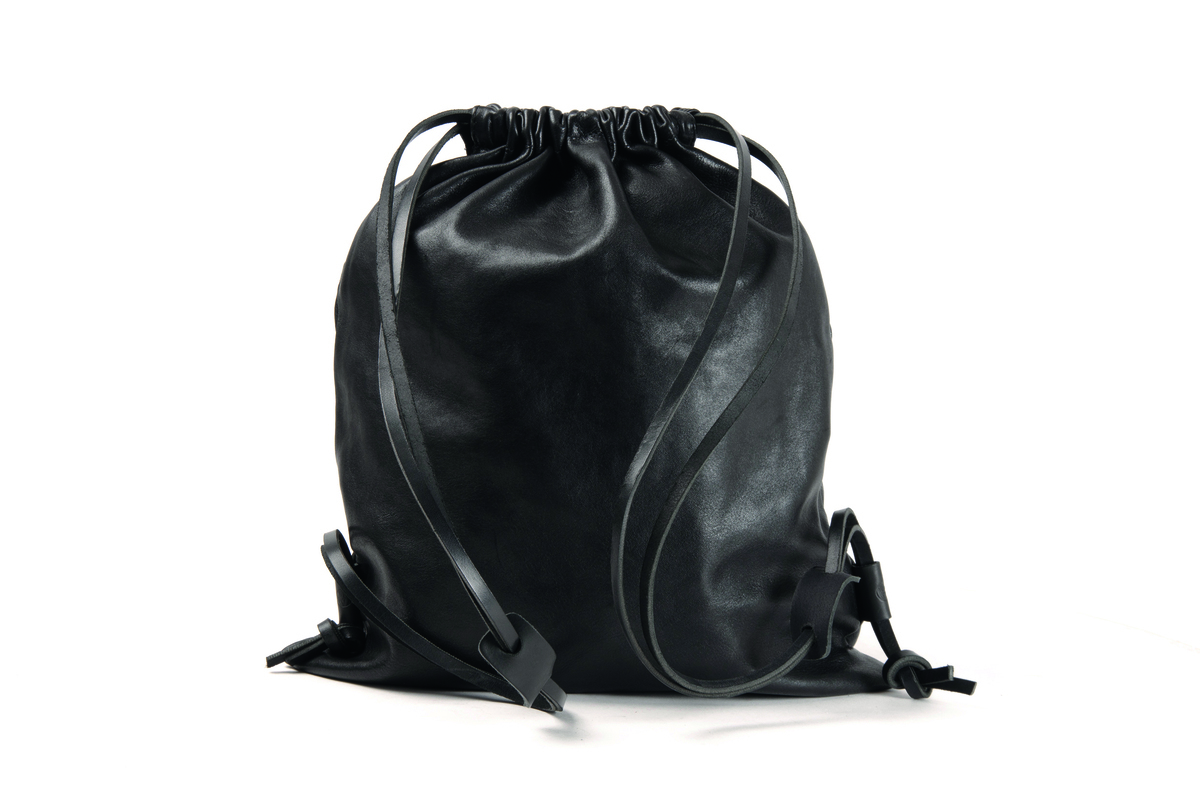
© Sportsleeve Men by Harold’s Bags
L: How do you keep your accountability on sustainability in Harold’s Bags? Can you share what kind of methods Harold’s Bags have applied for sustainable fashion?
TS: Here is a summary of what Harold’s Bags does to keep its sustainability accountable.
- Excluding worker fluctuations, there is no seasonal production and constant production level.
- We apply timeless design and color to our bags.
- We offer repair services for fair pricing. We maintain and repair everything no matter how old it is or what the level of use is. For this service, we keep stock of any necessary spare parts.
- We already have quitted synthetic materials. We use only uncovered leather for the outside and only cotton for the inside of our bags.
- Our hardware is nickel-free.
Our projects that are currently in the process can be exemplified by these:
- We are shifting to no more using metals in coloring: Currently, by 30% of it has become realized and it is still ongoing.
- We are devoted to water reduction in the tanning and coloring process.
- Our zero-claim rate is always ongoing.
- We are using reworking energetic systems at our German factory, in which the electricity is powered by solar panels, and we are switching from petrol to pellet heating there.
For the future, we are working on reworking, and transforming old bags into new ones and presenting them to consumers.
All Images: © Harold's Bags
Interview:
Tolga Rahmalaroglu
Luxiders Magazine Contributor

